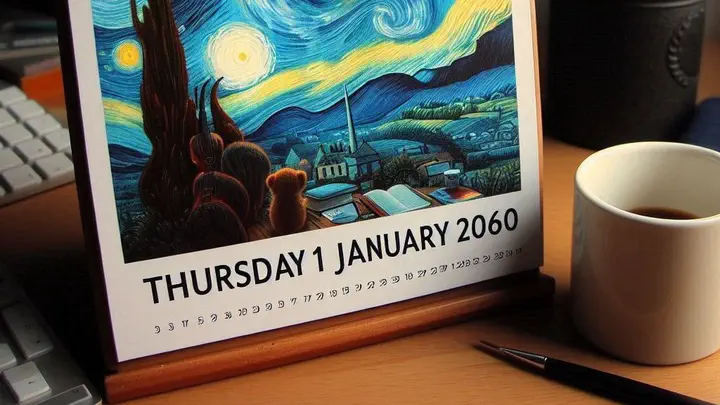The challenge of the horizon: Multi-decade prediction markets for climate

The CRUCIAL initiative has plans to run prediction markets for climate risks on horizons extending to decades. This is far beyond the horizons of typical prediction markets. What problems do such horizons create, and how can they be addressed?
CRUCIAL is an initiative that uses prediction markets to forecast climate-related risks. It is based at Lancaster University, in conjunction with academics at the University of Exeter, with funding from SCOR’s Corporate Foundation for Science. Participants in these prediction markets consist of teams of experts from U.K. universities who do not have to pay to take part but are instead provided with on-platform credits which they can use to trade contracts for different climate outcomes. Their accumulated credits can, however, be converted to cash rewards provided by market sponsors. This makes CRUCIAL a potential alternative way to allocate funding for climate forecasting research, in a way that is directly linked to performance.
So far, the prediction markets run on CRUCIAL’s platform have had horizons up to about a year. They have produced collective forecasts of such things as how many hurricanes would occur during Atlantic hurricane seasons and what the yield for the next U.K. wheat harvest would be. But CRUCIAL’s ambition is to run markets on a wide range of horizons, including markets for greenhouse gas (GHG) concentrations and the global temperature anomaly decades from now. While participants might be happy to take part in a market that will settle in a few months, when they can collect their reward, will they be as keen to take part in a market which won’t pay out for thirty years?
Long-range prediction markets might be a novelty, but they do not create any obstacles that have not been overcome in other contexts.
Long-term financial contracts are not uncommon. Governments and companies issue 30-year bonds, mortgages have repayment periods of more than 20 years, and contributary pensions rely on the assumption that people can be incentivized to work today for a reward they won’t see for decades. Long-range prediction markets might be a novelty, but they do not create any obstacles that have not been overcome in other contexts.
One issue that must be addressed is the “time value of money”: I’d prefer a pound today than a pound in ten years; give me a pound today and in ten years, with interest, it might be worth £1.50 or more. Even though CRUCIAL participants do not “pay-to-play”, not accounting for the time value of money could cause them to prefer taking part in markets with shorter horizons while ignoring decadal markets. This problem can be tackled by denominating the market in credits which accrue interest, so that their cash value increases over time.
CRUCIAL does not intend to run isolated markets for outcomes decades in the future. Instead, it will host “strips” of markets over a range of horizons: e.g., markets for annual carbon dioxide concentrations and global temperature anomalies from next year to many years in the future. Collectively these markets will produce what, in futures trading, is called a “forward curve”: an implied forecast of the trajectory of these quantities, along with their uncertainties. As the closest market expires and pays out a new market can be added at the end of the strip — as happens for monthly futures markets for commodity prices. These markets will be related: e.g., an unexpected rise in carbon dioxide emissions should raise expected concentrations in all future markets. The linkages between markets in a strip should encourage engagement across multiple time horizons because only focusing on the nearest markets will create inconsistencies and opportunities for arbitrage.
Another consideration in long-term contracts is counterparty risk: the possibility that the market operator won’t be able to pay up when the market is settled. This concern can be dealt with by making sure that credits in the market are backed by cash held in a segregated account, ideally a trust account, distinct from the market operator. There should also be a pre-determined procedure for unwinding a market that must, for some reason, be ended prematurely. This might involve paying out based on prevailing prices rather than the actual outcome, for example.
If climate forecasters, and the organizations that fund them, can’t take a long view, there is little hope for the rest of society.
While running prediction markets for climate risks with forecast horizons of decades is ambitious, there are no fundamental reasons why it can’t be done. Indeed, an unwillingness to grapple with issues beyond a few years in the future creates the “tragedy of the horizon” highlighted by Canada’s new Premier, Mark Carney, when he was Governor of the Bank of England, that has hindered our response to climate change. If climate forecasters, and the organizations that fund them, can’t take a long view, there is little hope for the rest of society.
The original version of this post appeared 17 March 2025 on LinkedIn.